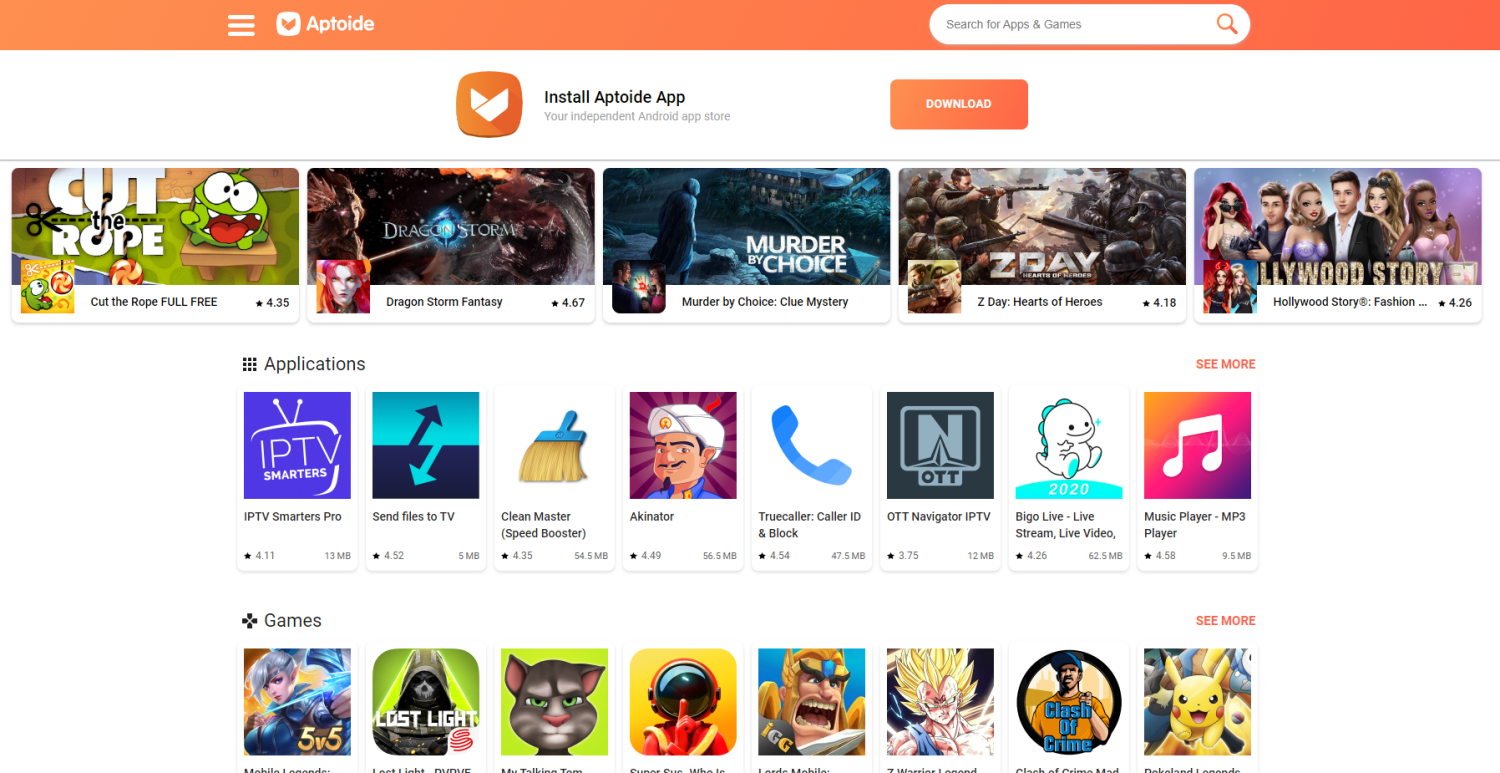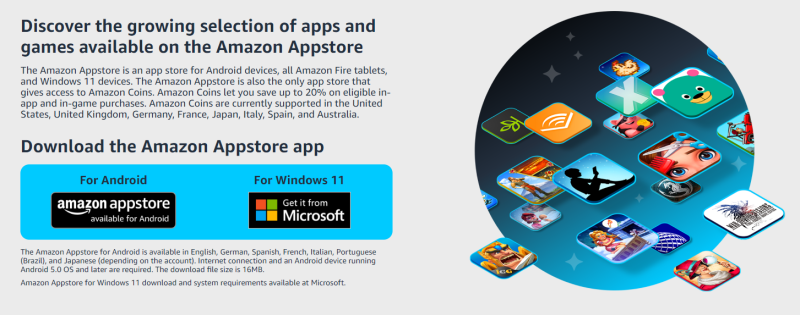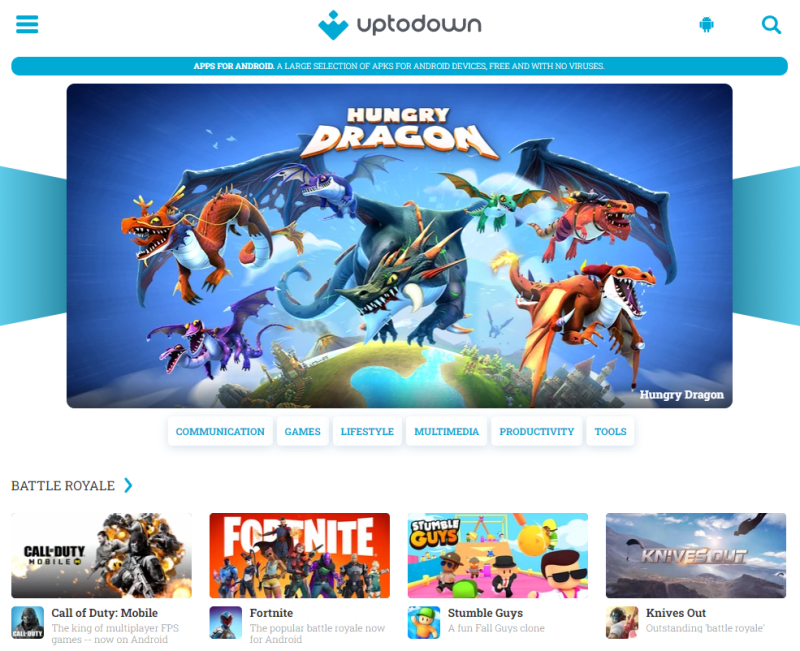Android has a massive market share. Ergo, this is one of the first major app store developers upload their apps into. However, algorithms change and bugs happen. These pitfalls sometimes wipe out small companies and indie developers, putting their revenue back to square one.
Google Play Store Alternatives
That’s where these 3rd-party app stores come into the scene. So, trying out the ‘don’t put all your eggs in one basket’ might be a good idea, especially when there is no restriction by Google itself: In short, it says you are free to distribute to other app stores. This helps you take a break from Google’s billing policies and diversify the distribution. As of this writing, Google Play Store charges a 15% commission on the first million dollars you earn and 30% subsequently. The Google play store alternatives we will see charge anywhere from 10% to 30%. And since only a very tiny amount (about 1% as per Google) of developers cross the one million revenue mark, the real benefit of other distribution channels is diversification to minimize risks of financial blackouts. Here we go.
Aptoide
Aptoide is an independent app store where you can submit your apps which also helps distribute to its partner stores via a single dashboard and billing system. In a nutshell, we are talking about over 430 million users spread across 20 app stores, such as Aptoide, Oppo, VIVO, MI, etc., under the Catappult app distribution. Catappult has two revenue-sharing schemes: store and self. Store app revenue attracts a 25% commission, whereas self-distribution costs you only 10%. Catappult developer subscription bills 79 USD per year, which can be refunded in the first 30-days before app distribution initiates.
Uptodown
Uptodown presently covers over 130 million users in 26 languages on Android, Windows, and Mac. However, about 80% of the Uptodown app traffic belongs to Android users. Currently, all apps hosted on this Google app store alternative are free, and developers can’t offer pay-to-download applications. App publishing is free with a revenue split of 80-20.
Galaxy Store
Galaxy Store can serve you well due to its gigantic Samsung footprint and free publishing. However, it takes away 30% commission with no regard to the total developer revenue. What makes it interesting is the clause, Revenue Share and Tax, indicating a window for possible royalty negotiation. Notably, Galaxy Store is limited to Samsung devices, including its smartphones, smartwatches, etc.
AppGallery
AppGallery is meant for Huawei phones, though people can use it on other brands as well. It started with a developer-friendly 90-10 split only to follow the 70-30 model, effective from 2022. In addition, developers in mainland China have a separate sharing ratio to be inquired from the Huawei operations department. AppGallery listing charges are based on the services a developer uses for publishing. Some are free, and the paid ones have free quotas before they become pay-as-you-go. Finally, AppGallery also features paid apps.
F-Droid
F-Droid is a free and open-source app marketplace where you can host free applications with paid updates/features. However, the application library is vastly limited, resulting in a limited user base. So, it boils down chiefly to your love towards the open-source movement if not anything else.
Unfortunately, there isn’t any real alternative!
It’s a tough pill to swallow but an existing reality. Google Play is too big to have equal alternatives or substitutes. These listed app stores will help you get only a fraction of revenue from what you would’ve made at the ‘Play’. Still, they will come in handy if you somehow suffer performance bottlenecks or ban at the Play Store. PS: Being a developer-friendly publication, we won’t limit ourselves to this. So, in addition, you can check these tools to boost Android app development.












